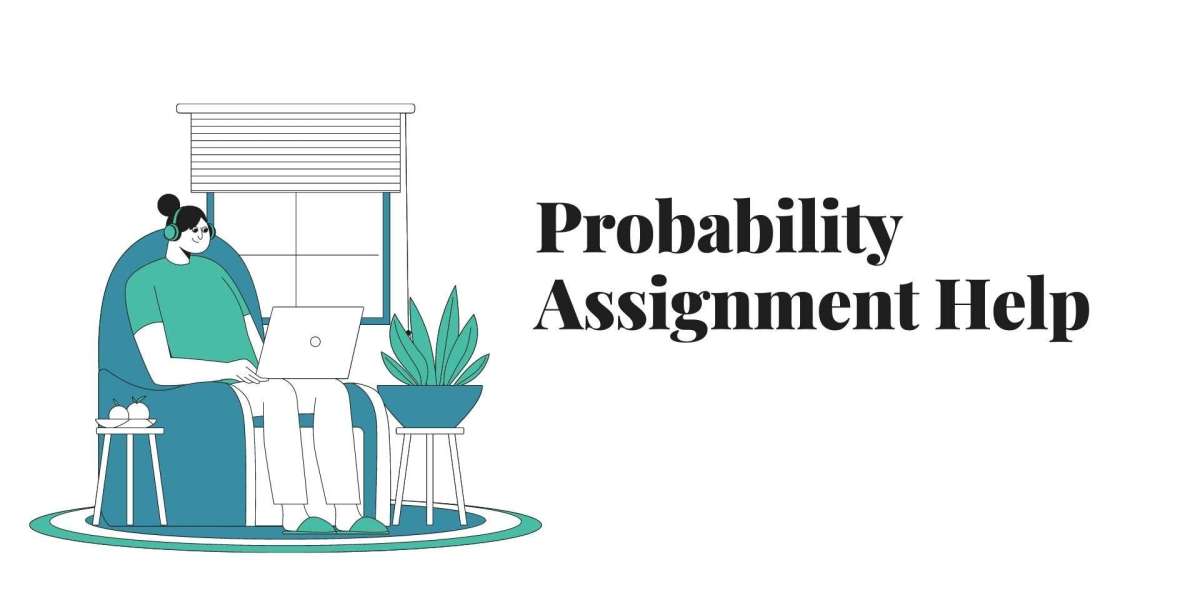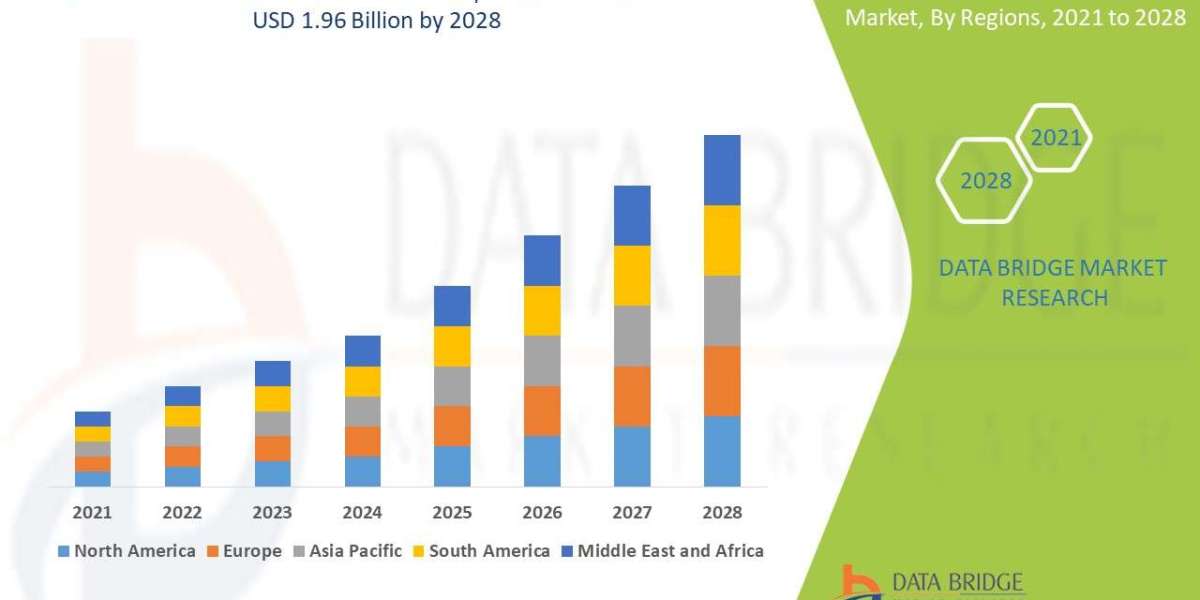Understanding Probability in Education
To appreciate the role of probability in education, it helps to understand what probability is. Probability, in its simplest form, measures the likelihood of a certain outcome occurring. In an educational setting, probability allows educators and students to make informed decisions, relying on data trends and statistical forecasts. It’s a way of managing uncertainty and maximizing the chances of achieving desired outcomes.
Why Probability Matters for Educators
Curriculum Planning
Probability can help educators design curriculum plans that are more aligned with student needs and likely outcomes. For instance, by analyzing past data on student performance, educators can identify which areas students generally find challenging and adjust the curriculum accordingly.
Assessing Student Progress and Outcomes
By using probability models, educators can predict which students might need additional support and which strategies are likely to be effective. This enables tailored approaches that enhance learning outcomes and help students reach their full potential.
Student Decision-Making Based on Probability
Choosing Subjects and Extracurricular Activities
Students often rely on probability to make decisions about what subjects to study or which extracurricular activities to join. For instance, if a student knows that certain subjects have a high success rate in terms of job placement, they might prioritize those subjects. Probability also allows students to weigh their chances of success in competitive areas, giving them more control over their educational journey.
Impact of Probability on Career Counseling
Guiding Career Choices with Probabilistic Insights
Career counselors use probability models to provide data-driven guidance. By analyzing job market trends, they can help students choose fields that are statistically likely to offer strong job prospects. This information can empower students to pursue careers with a higher probability of long-term success.
Predictive Models in Career Pathways
Some institutions implement predictive analytics to guide students toward career paths with promising opportunities. For instance, if data shows that demand for IT professionals is rising, students may be encouraged to pursue IT studies, leveraging probability to increase their chances of a secure career.
Probability in Exam Preparation and Performance
Focusing on High-Probability Exam Topics
Students often use probability to decide which topics to prioritize when preparing for exams. By studying past exam patterns, they can identify the subjects that are most likely to appear on future exams. This probabilistic approach helps students optimize their study time and focus on areas that have the highest impact on their grades.
Teachers' Forecasts for Exam Content
Teachers, too, use probability when advising students on exam preparation. Based on previous exams and curriculum patterns, teachers can estimate which topics might be more likely to appear, helping students prepare more strategically.
Probability in Academic Research and Data Analysis
In academic research, probability is fundamental. Researchers use probabilistic methods to analyze data, draw conclusions, and validate hypotheses. Understanding probability allows students and educators to conduct studies with accurate, reliable results, supporting the advancement of knowledge in education.
Making Financial Decisions for Education Using Probability
Allocating Budgets Efficiently
School administrators often rely on probability to make financial decisions, such as allocating resources. For example, if the probability of success for a new teaching program is high, administrators may prioritize funding for it. This way, probability helps schools optimize their budgets and invest in initiatives with the greatest impact.
Managing Resources Through Risk Assessment
Risk assessment, a practice grounded in probability, enables educational institutions to prepare for financial uncertainties. By assessing the likelihood of various outcomes, schools can develop strategies to minimize risk and ensure the sustainability of their resources.
Leveraging Probability for Learning Analytics
Learning analytics uses data and probability to assess student performance, predict challenges, and intervene early when students are at risk of falling behind. Schools can implement targeted support based on probabilistic insights, improving outcomes for students who may struggle.
Probability in Classroom Management
Classroom dynamics can be unpredictable, but probability provides insights that can help. Teachers use probabilistic models to predict behavioral outcomes and manage classroom environments. For example, if certain triggers are likely to lead to disruptions, teachers can prepare preventive strategies, creating a more productive learning atmosphere.
Enhancing Student Engagement with Probability
An understanding of probability sharpens students’ critical thinking skills. When students learn how probability works, they can apply this knowledge to personal and academic decisions. For instance, they might evaluate the likelihood of outcomes before making choices, building decision-making skills that extend beyond the classroom.
Using Probability in Attendance and Participation Tracking
Attendance is a key metric for success in education, and probability models can predict attendance trends. Schools use these models to anticipate absenteeism patterns, allowing them to implement measures that encourage regular attendance and address factors leading to low participation.
Challenges and Limitations of Using Probability in Education
While probability is a powerful tool, it has limitations. Relying too heavily on probabilistic models can oversimplify complex issues or lead to unintended consequences. Ethical considerations, such as student privacy, must also be taken into account when using data-driven probability models.
Conclusion
Probability shapes educational decision-making in countless ways, from classroom strategies to institutional policies. By leveraging probabilistic insights, educators and students alike can make more informed decisions that lead to better outcomes. As educational technology advances, probability will likely play an even greater role, offering new tools for data-driven teaching and learning.
FAQs
1. How does probability help in educational decision-making?
Probability allows educators and students to make informed choices by providing data on likely outcomes, which can lead to more effective learning strategies and resource allocation.
2. Can students benefit from understanding probability?
Absolutely. Students use probability to make decisions about their studies, career paths, and even exam preparation, helping them optimize their educational journey.
3. How is probability used in learning analytics?
Learning analytics applies probability to predict student performance and identify at-risk students, allowing schools to intervene early with supportive measures.
4. What are some challenges of using probability in education?
Over-reliance on probability can oversimplify complex situations, and ethical concerns like data privacy must be addressed to protect student information.


